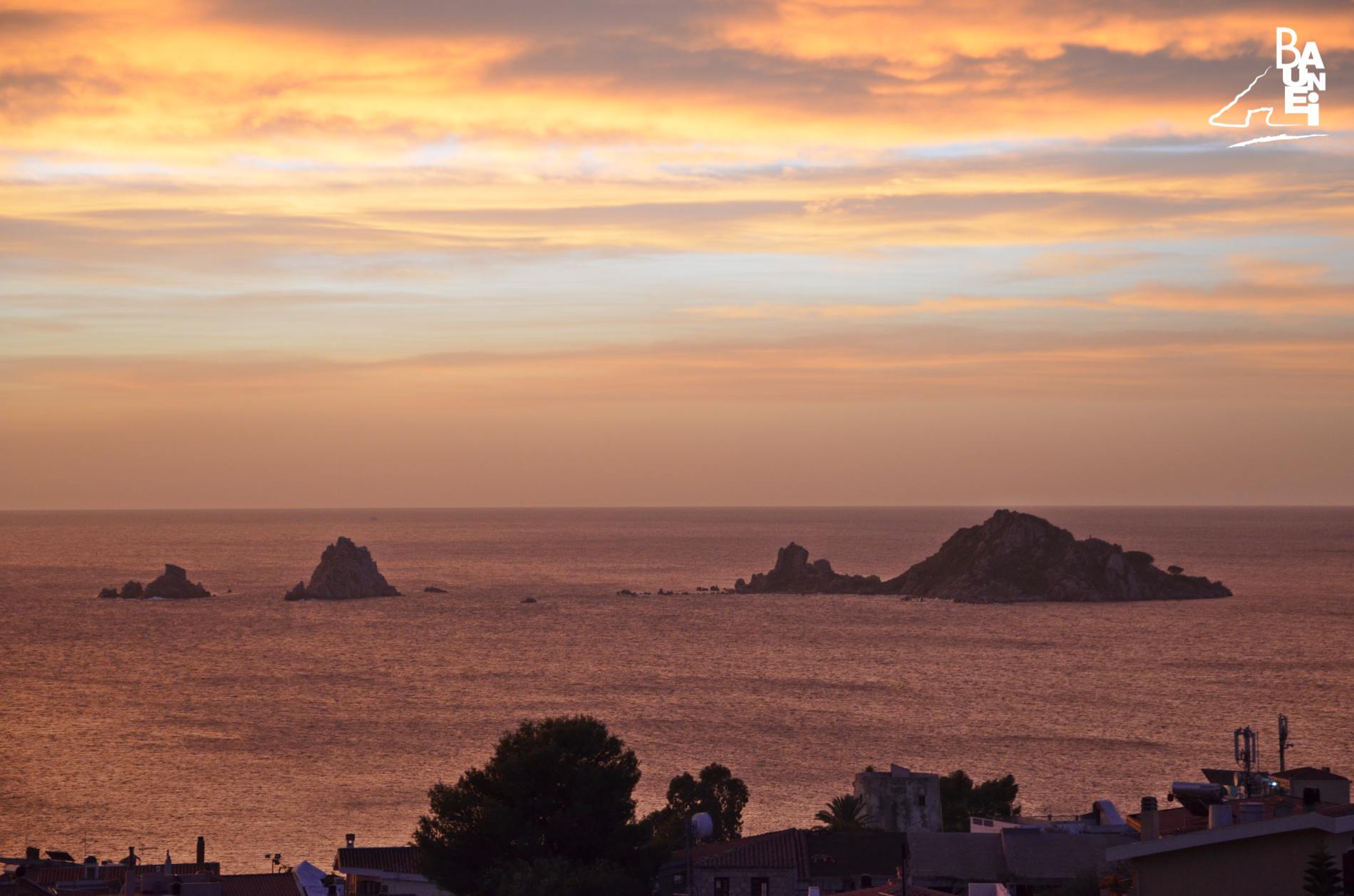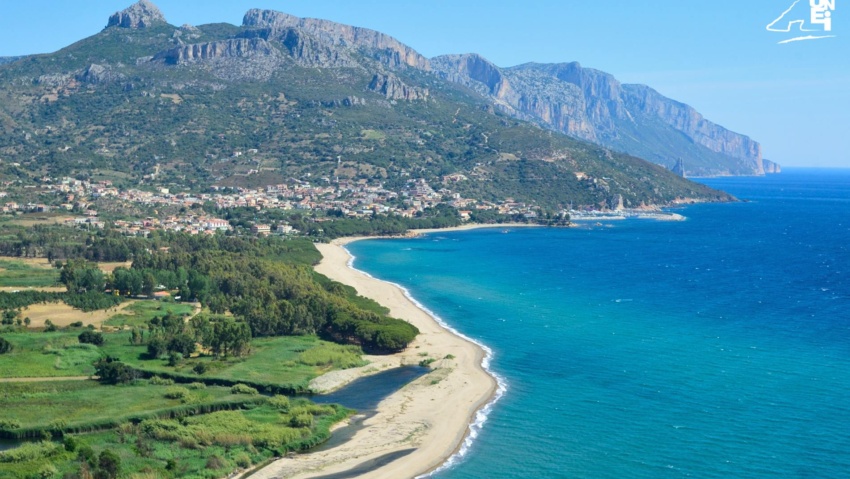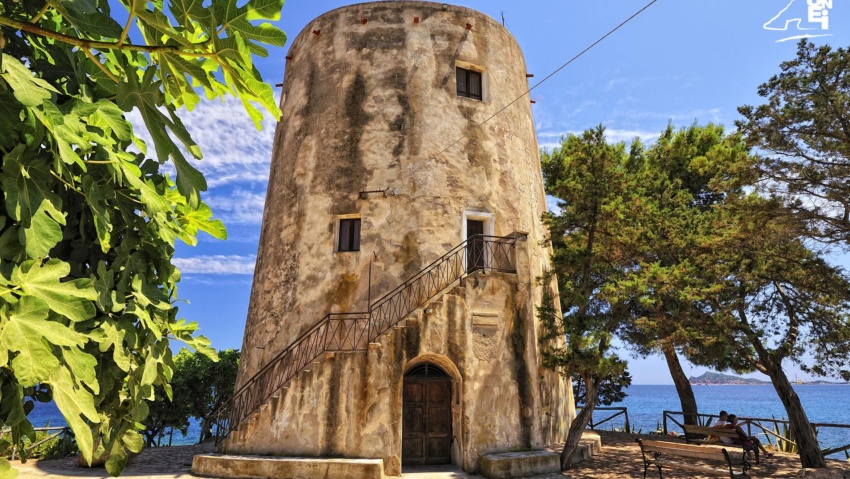The “Islet Of Ogliastra”
“The Islet of Ogliastra” is part of the municipal territory of Lotzorai, but its location at the centre of the Gulf of Arbatax, right in front of Santa Maria Navarrese, less than a mile away, makes these waters facing the Central beach in a district of Baunei even more enchanting. The Isle’s granite porphyry complex, which covers about 10 hectares, actually consists of a real islet, 47 metres in height (with a statue of the “Madonna of Ogliastra”, by the sculptor Pinuccio Sciola) and two large rocks detached from the main body. In July of each year the statue of the Madonna of Ogliastra is visited by an evocative pilgrimage, the faithful reaching the islet on board boats that sail in a procession from the port of Santa Maria. Frequented since the Phoenician-Punic period, as evidenced by the discovery of pottery fragments dating to the fourth century BC, the islet has always provided shelter for sailors on a stretch of coast where, up until the of construction on the port of Arbatax began (in 1881), there were no actual docking or breakwater facilities. The islet was so well known and frequented by sailing along the eastern coast, a few years before 1881, that there was even an attempt to build a commercial port. The aim of the project, funded by the Ministry of Public Works, was to join the two largest islands via an artificial reef (to be built using granite from the islet itself). The construction site was opened in 1863 and it is said that during the project a worker found a large treasure consisting of about 600 gold pieces hidden among the rocks. According to the plans of the Ministry’s engineers, once the first part of the work was finished, two docks were to be built. Winter storms, that could nullify weeks of work in the matter of days, slowed down the implementation of this unique project, which was finally abandoned when the Ministry of Public Works decided to finance the construction of the port of Arbatax. A remnant of the nineteenth yard that is still visible is the brick house on the larger islet. The building, according to a “Report by an inspector of the Civil Engineers on the work at the port of Tortolì”, dated 17 April 1866, was “one of the two houses for assistants” (the other was in Arbatax) built during work to enhance the accommodation facilities on the central-eastern coast of Ogliastra.





